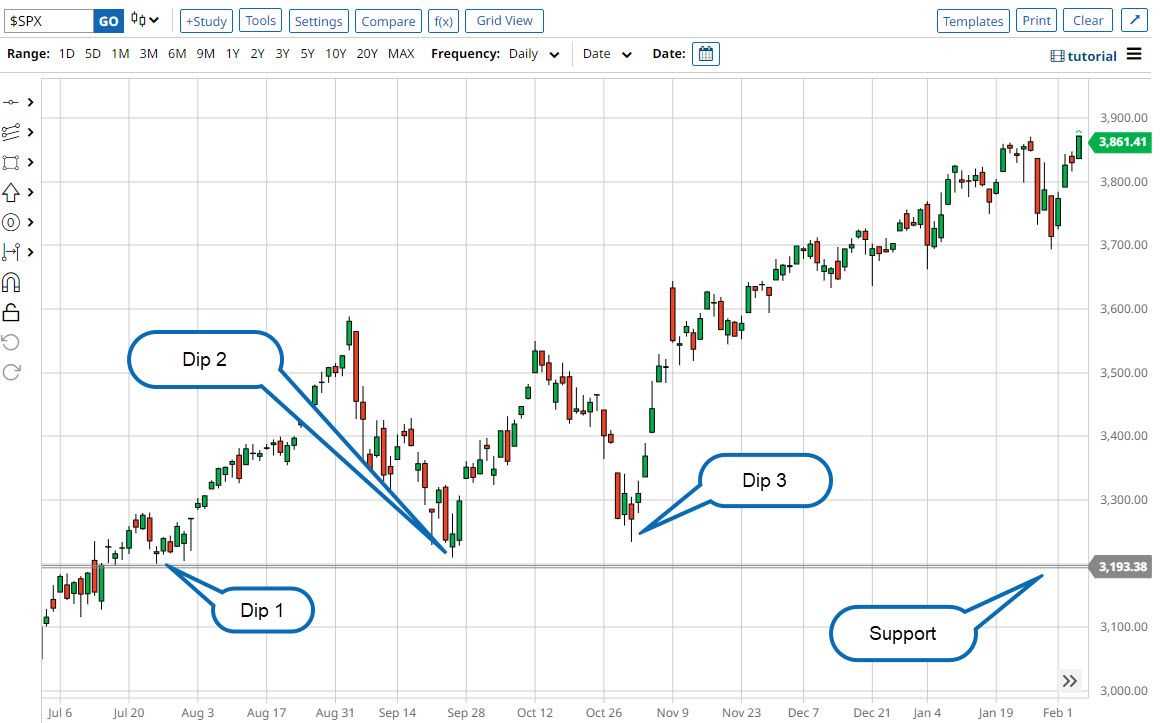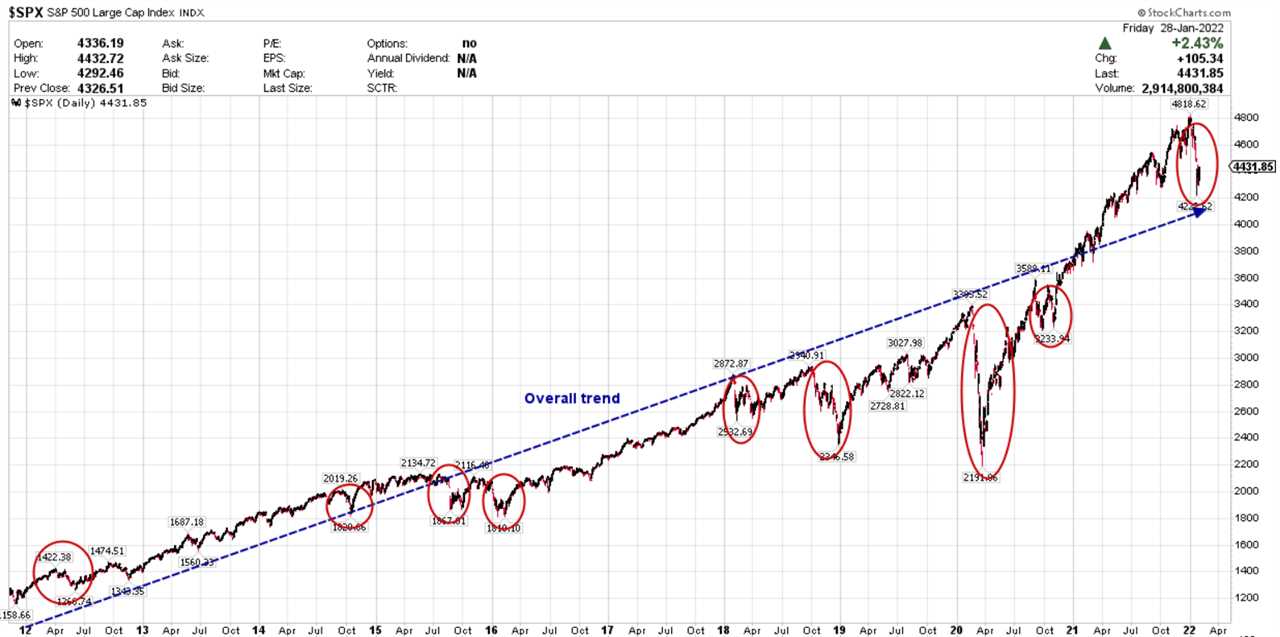Importance of Maximizing Profits

Maximizing profits is crucial for several reasons. Firstly, it allows you to grow your wealth and achieve your financial goals. By making smart investment decisions and taking advantage of opportunities to increase your returns, you can build a solid financial foundation for yourself and your family.
Secondly, maximizing profits ensures that you are getting the most out of your investments. The stock market can be unpredictable, with ups and downs that can impact the value of your portfolio. By actively seeking ways to maximize profits, you are better equipped to navigate through market downturns and capitalize on potential gains.
Furthermore, maximizing profits can provide you with a sense of security and peace of mind. Knowing that you are making the most of your investments can help alleviate financial stress and give you confidence in your ability to achieve your long-term financial goals.
Strategies for Buying the Dips
When the stock market experiences a downturn, it can be a great opportunity for investors to buy stocks at lower prices. However, it is important to have a strategy in place to maximize profits and minimize risks. Here are some strategies for buying the dips:
- Research and Analysis: Before buying any stocks during a market downturn, it is crucial to conduct thorough research and analysis. Look for companies with strong fundamentals, a solid track record, and a competitive advantage. Analyze their financial statements, industry trends, and any other relevant information to make an informed decision.
- Use Dollar-Cost Averaging: Instead of investing a lump sum of money all at once, consider using a dollar-cost averaging strategy. This involves investing a fixed amount of money at regular intervals, regardless of the stock’s price. By spreading out your investments over time, you can mitigate the risk of buying at the wrong time and take advantage of lower prices during market downturns.
- Be Patient: Market downturns can be volatile and unpredictable. It is important to be patient and not rush into buying stocks. Wait for the right opportunities and be prepared to wait for the market to recover. Remember, it is better to miss out on a few potential gains than to make hasty decisions and incur losses.
- Diversify Your Portfolio: To minimize risk, it is essential to diversify your portfolio. Invest in stocks from different sectors and industries to spread out your risk. This will help protect your investments during market downturns and ensure that you are not overly exposed to any single stock or sector.
By following these strategies, you can increase your chances of buying stocks at discounted prices during market downturns and maximize your profits in the long run.
Identifying the Right Stocks

1. Strong Fundamentals: Look for stocks that have strong fundamentals, such as a solid balance sheet, consistent earnings growth, and a competitive advantage in their industry. These stocks are more likely to weather market downturns and bounce back quickly.
2. Industry Leaders: Consider investing in stocks of companies that are leaders in their respective industries. These companies often have a strong market position, brand recognition, and a proven track record of success. They are more likely to recover quickly from market downturns.
3. Diversification: Diversify your portfolio by investing in stocks from different sectors and industries. This can help mitigate the risk of a single stock or sector performing poorly during a market downturn. By spreading your investments across different stocks, you increase your chances of finding the right stocks to buy the dips.
4. Technical Analysis: Use technical analysis tools and indicators to identify stocks that are showing signs of a potential rebound. Look for stocks that are oversold, have strong support levels, or are forming bullish chart patterns. These indicators can help you identify stocks that may be primed for a bounce back.
Remember, buying the dips in the stock market can be a profitable strategy, but it requires careful consideration and analysis. By identifying the right stocks to buy, you can maximize your profits and take advantage of market downturns.
Timing the Market
Timing the market is a crucial aspect of maximizing profits in stock market downturns. It involves identifying the opportune moments to buy stocks at lower prices and sell them at higher prices. While it may seem like a challenging task, there are several strategies and techniques that can help investors make more informed decisions.
1. Technical Analysis

2. Fundamental Analysis
Fundamental analysis involves assessing a company’s financial health, including its earnings, revenue, and overall performance. By analyzing these factors, investors can determine the intrinsic value of a stock and make decisions based on its long-term potential. This analysis helps in identifying undervalued stocks that may present buying opportunities during market downturns.
3. Risk Management

Timing the market also requires effective risk management strategies. This includes setting stop-loss orders to limit potential losses and diversifying the investment portfolio to spread risk. By managing risk effectively, investors can protect their capital and minimize the impact of market downturns.
4. Market Research
Staying informed about market trends, economic indicators, and industry news is essential for successful market timing. Investors should regularly conduct research and analysis to identify potential catalysts that may impact stock prices. This information can help in making more accurate predictions and timing trades accordingly.
5. Patience and Discipline
Timing the market requires patience and discipline. It is important to avoid impulsive decisions based on short-term market fluctuations. Instead, investors should stick to their strategies and make calculated moves based on thorough analysis. By maintaining a long-term perspective, investors can maximize their profits during stock market downturns.
| Benefits of Timing the Market | Drawbacks of Timing the Market |
|---|---|
| – Increased profitability | – Potential for missed opportunities |
| – Capitalizing on market inefficiencies | – Increased transaction costs |
| – Improved risk management | – Emotional decision-making |
| – Taking advantage of market volatility | – Difficulty in accurately predicting market movements |
Timing the market is a skill that can be developed through experience and continuous learning. By employing the right strategies and staying disciplined, investors can increase their chances of maximizing profits in stock market downturns.

Emily Bibb simplifies finance through bestselling books and articles, bridging complex concepts for everyday understanding. Engaging audiences via social media, she shares insights for financial success. Active in seminars and philanthropy, Bibb aims to create a more financially informed society, driven by her passion for empowering others.
